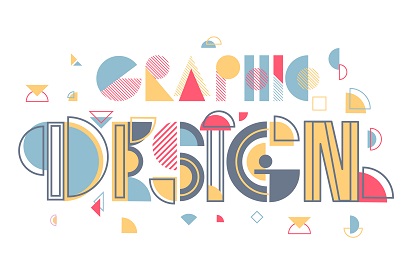The Importance of Images in Graphic Design

When it comes to graphic design, images are not just decorative elements but serve as vital tools for visual storytelling and communication. The strategic use of images can evoke emotions, convey messages, and capture attention in ways that words alone cannot. By understanding the power of images in design, you can enhance the impact and effectiveness of your projects. But how exactly do you ensure that your chosen images resonate with your audience and elevate your design to new heights? Let's explore this intriguing aspect of graphic design further.
Types of Graphic Design Images
Understanding the different types of images used in graphic design is crucial for creating effective visual communication. These types include photographs, illustrations, vector images, and design elements.
Photographs bring realism to designs, while illustrations creatively convey abstract concepts.
Vector images are recommended for scalability and clarity, especially in large-scale projects.
Platforms like PNGimages.com offer a wide selection of high-quality stock images for designers to choose from.
Selecting the appropriate images is essential for the success of graphic design projects.
Creating Image-Text Dialogue
Understanding the relationship between images and text is essential in graphic design as it facilitates communication through visual dialogues that engage viewers.
When creating image-text dialogue in design, the following considerations are important:
-
Visual Dialogues: Utilize the interactions between text and images to construct compelling visual narratives.
-
Complex Messages: Integrate various image styles to effectively communicate intricate messages in design.
-
Communication Impact: Thoughtfully pairing text and images can enhance the impact of a single image or narrative.
-
Meaning Alteration: Investigate how text can influence the interpretation and meaning of images, highlighting the significance of image-text interaction in communication.
Impactful Image Selection
Choosing the appropriate type of image is essential in creating effective graphic designs that complement your content and context. Photography, illustration, and graphic images all serve distinct purposes in conveying a message.
Photography is proficient in capturing specific subjects and establishing the mood, while illustrations can creatively represent abstract concepts. Understanding how these images interact with your text and design elements is key to successful communication through graphic design.
Context significantly influences the impact of your chosen images, so consider how they fit into the overall design. By thoughtfully selecting images that align with your message and context, you can improve the effectiveness of your graphic design projects.
Caution With Stock Images
When using stock images in graphic design, it's important to be cautious of potential pitfalls.
It's crucial to consider the context and intended message when incorporating stock images to avoid unintended meanings.
Selecting images thoughtfully is essential for effective visual communication.
Careless choices can lead to misinterpretations and dilute the impact of your design.
To mitigate these risks, make deliberate choices when selecting stock images for your graphic design projects.
Influential Designers and Resources
Explore the field of graphic design through the influential work of renowned designers and trusted learning materials. Alexey Brodovitch, recognized for his seamless integration of images and content, made significant contributions to magazine design by emphasizing cohesive design principles that continue to influence contemporary designers.
Books authored by Riccardo Falcinelli and Timothy Samara offer valuable insights into the fundamentals of graphic design, facilitating the understanding of visual communication and brand representation. Drawing knowledge from experienced designers and industry professionals is essential for honing graphic design skills.
Conclusion
In conclusion, remember that images are the heart of graphic design. They've the power to convey emotions, ideas, and messages in a way that words alone cannot.
By carefully selecting and integrating images into your designs, you can create a powerful visual language that resonates with your audience and enhances the overall impact of your project.
So, don't underestimate the importance of images in graphic design – they truly make a difference.